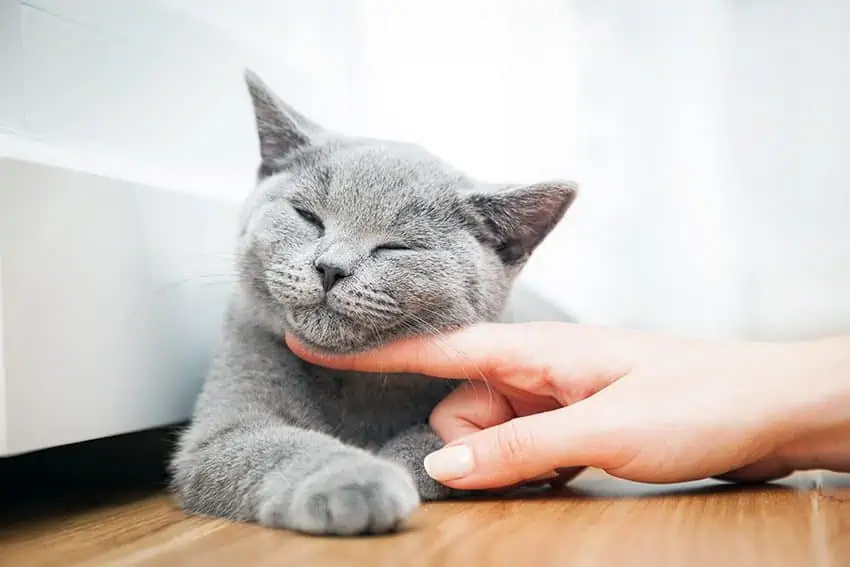
When it comes to cats, one thing is certain – no two felines are the same. This is particularly noticeable when it comes to how much physical contact they enjoy with their human companions.
Dr Sarah Ellis, Feline Behaviour Expert at International Cat Care, an organisation that works to educate and empower people throughout the world to improve the health and welfare of cats, explains: “Domestic cats have evolved from solitary and independent ancestors that only have themselves to rely on. Nowadays, cats exist on a social continuum, ranging from solitary individuals to those that live in social groups. However, as they have not evolved from a social species like dogs, they haven’t had to develop sophisticated ways to communicate with others face to face. This means they often prefer to communicate at a distance and is the reason why some cats may be content just to be in the same room as their human, rather than being constantly stroked and cuddled.”
So, is it possible to encourage a reluctant cat to enjoy a little more stroking, or even a cuddle?
Sarah advises: “The important thing is to give each cat the time and space to feel safe and confident and let them lead their interactions with us – essentially giving cats the choice to be able to ‘tell us’ what they need, rather than us deciding for them. If you have a cat that’s happy to be picked up and cuddled that’s fine – but if you don’t, you should never force this kind of interaction on them as they may find this stressful and even quite frightening.”
DID YOU KNOW?
The socialisation period for cats starts early and is very brief. If a kitten does not spend positive time around humans between the ages of 2 to 7/8 weeks, the cat may well grow up to be wary of people and is likely to be happiest not interacting with us at all.
COMMUNICATION BREAKDOWN
This is where human and feline understanding is really put to the test. Here are just some of the ways the two species communicate very differently:
- Touching and stroking are a sign of affection for humans. For cats, a paw approaching them is something to fear, although most learn to put up with our hands reaching down to them from above.
- We love a lingering look at our object of desire, but to a cat, staring is used as a challenge or aggressive act, sometimes in a build up to a fight.
- Human beings love to embrace, but for a feline, a cuddle can make them feel trapped. That’s why, when cats are held and prevented from having an escape route, they may become fearful or aggressive.
HOW TO INTERACT WITH YOUR CAT
If you have a cat that’s reluctant about human contact, here’s some expert advice:
- Stay still and let the cat approach you.
- Avoid making direct eye contact as this can be interpreted by a cat as quite threatening.
- If the cat approaches you, speak gently to them and offer them your hand, palm down, to sniff or rub against.
- If they rub against your hand with their chin or cheeks, try gently stroking/tickling around that area, but stop as soon as they move away, allowing them to dictate how much stroking they would like.
- Focus on stroking around the chin and cheeks as this is where most cats like being touched.
- Some cats may prefer to play rather than be stroked, so try swishing a fishing-rod-style toy or throw some treats for them to chase after for some rewarding human-feline interaction.
- Ignore your cat if they are perched on a high place, such as a shelf or bookcase – this shows you are respecting your cat’s desire of liking to be near you while watching the world go by without being seen.
Find out more from International Cat Care about interactions with your cat >>
Find out more about how your cat communicates














